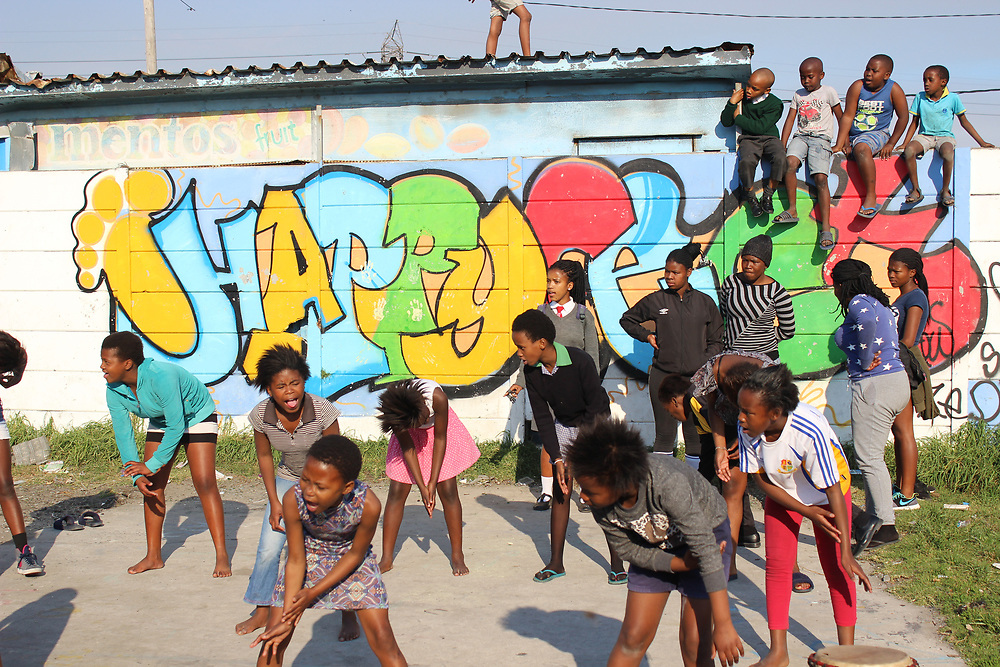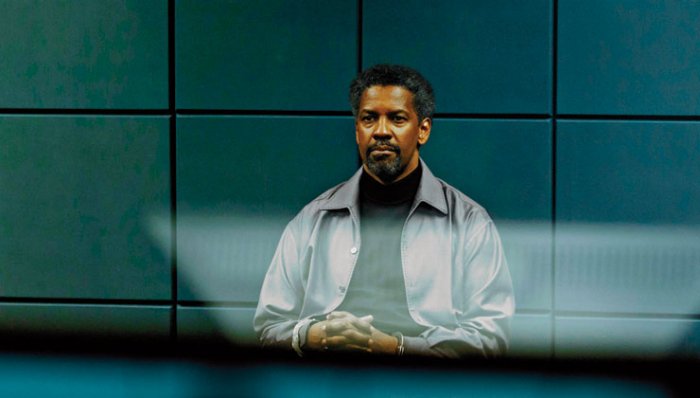Who killed Brenda Fassie?
Bordered by Cape Town’s Jan Smuts Drive to the west, the N2 to the south, and the N7 to the east. Originally designed in a way to allow the authorities maximum visibility and control of residents.
In the early years, local laws prohibiting the brewing of sorghum beer (umqombothi) were strongly resented and in the 1930s prohibition was abolished in the area with the construction of municipal beer halls taking place in 1945, but the brewing of umqombothi somehow stood the test of time.
In the early years, tribal and sub-tribal ethnic identities were still very strong, often leading to local celebrations by the Mfengu community celebrating their “liberation” from the Xhosa, leading to an increase in tensions. However, the close living conditions of residents promoted a high degree of neighborliness and the creation of broader African institutions that promoted a greater sense of community cohesion.
This history-rich location which adjoins Pinelands, then surrounded by the Epping Industria, Bonteheuwel, Gatesville, Rylands, Athlone and when traveling from the N2 Settlers Way from the Cape Town CBD passing the Athlone Power Station on your left, will lead you to Bhunga Avenue; as you’re turning left you will enter the sprawling township of Langa. That is where Brenda Fassie was born.
Langa in isiXhosa means “sun” and is derived from the name of Langalibalele, a Hlubi chief and renowned rainmaker who in 1873 was imprisoned on Robben Island for rebelling against the Natal government. Langa was initially built in phases before being formally opened in 1927 as a result of South Africa’s 1923 Urban Areas Act.
And on November 3, 1964, a beautiful girl by the name of Brenda Fassie, who would go on to become a music icon, joined the human family. Affectionately known as MaBrrr by her followers, and named after the American country singer Brenda Lee, Fassie was destined for greatness.
Brenda is also referred to as the “Queen of African Pop”, the “Madonna of The Townships” or simply as “The Black Madonna”.
Born Brenda Nokuzola Fassie on November 3, 1964, in Langa, a daughter of a pianist, Brenda began singing to her mother’s accompaniment at a very young age. Her clan name is Madlomo, and proud daughter of the Thembu Nation.
By the age of five, Brenda had tourists paying to hear her sing. Already the signs were there that she was going places. It was not long before Brena would go on to have her first band, the Tiny Tots.
At around the age of 16, the renowned producer Koloi Lebona came from Johannesburg to visit the Fassie’s Langa home after a number of Cape Town musicians had told him about the young Brenda’s talent. And true to form, Lebona confirmed Cape Town musicians’ high regard for Brenda, with Lebana saying that her voice was very mature for her age and was ‘the voice of the future.’ The same year of 1981, Lebona returned to his Soweto home with the Langa girl to live with his family.
The arrangement was that Brenda would finish school before beginning a music career. However, this was not to be. When one of the singers of the singing trio Joy went on maternity leave, Brenda was asked to fill in for her.
And as the saying goes, “The rest is history”, as the Langa born sensation would then turn the world of South African pop music around with the 1983 classic ‘Weekend Special’ that didn’t take long to reverberate in neighboring African countries, and to this day the song still brings goosebumps to many a listener.
She later became the lead singer for a township music group called Brenda and the Big Dudes. In 1985, Brenda gave birth to her one and only child, a boy Bongani, whose father was a fellow Big Dudes musician. And in 1989, Brenda married Nhlanhla Mbambo in a much-publicized double wedding. But by 1991 they were divorced.
It was around this time that Brenda’s life took a turn for the worst as she became addicted to cocaine. Her career would take serious deep. With very outspoken views and frequent visits to the poorer townships of Johannesburg, as well as songs about life in the townships, Brenda enjoyed tremendous popularity as she grew her base as a leader of note.
Brenda’s fame accelerated mostly due to her two best songs in the 1980s, “Weekend Special” and “Too Late for Mama”. “Weekend Special” became the fastest-selling record at the time. The song enjoyed great international popularity, and Brenda and the Big Dudes toured to the United States, Britain, Europe, Australia and Brazil.
Throughout the 1980s, Brenda also established herself as a great solo pop star. In the late 1980s, she began working with producer Sello “Chicco” Twala, a partnership that proved to be one of the most successful in the South African music industry. The album “Too Late for Mama”, which was born from this duo, achieved platinum status in 1989.
No stranger to controversy Brenda’s drug and alcohol abuse as well as her bisexuality also received much media attention. The substance abuse would lead to her admission to a drug rehabilitation center in 1995.
The next year, she made a comeback to the music industry as the producer of her album Now is the Time, which featured two duets with Democratic Republic of Congo music legend Papa Wemba.
Rumors of her downfall as a pop star were proven wrong with her releases over the next few years, especially the 1998 album Memeza, for which she teamed up with Chicco once again. The album became the best-selling South African release of the year and earned her numerous South African Music Awards (SAMAs).
In 1999, she received the Kora award for the best female artist. Her next album, Nomakanjani, reached triple platinum status within a few months of its release.
In 2001, Time magazine featured a three-page special on Brenda, calling her “The Madonna of the Townships”. This is proof of her international popularity. Throughout her career, she regularly toured the African continent as well as America.
On 26 April 2004, Brenda was rushed to a Johannesburg hospital with cardiac arrest. According to reports, although doctors resuscitated her, she slipped into a coma. For two weeks, Brenda’s fans all around South Africa held prayer services and supported her friends and family.
On May 9, 2004, Brenda Fassie died.
Brenda’s funeral was held on May 23, in her hometown of Langa, and was attended by thousands of her loving fans from all over the country including then-president Thabo Mbeki and the rich and famous. She left behind her only son, the wonderful Bongani Fassie.
At first, it was reported that Brenda’s heart failure was a result of an asthma attack. However, after her death, new evidence came to light, suggesting that Brenda’s heart failure was caused by a drug overdose.
In addition, it is also believed that the crack cocaine which Brenda had smoked the night before her cardiac arrest was laced with rat poison.
If the latter is true, then this becomes homicide.
The question is: Who Killed Brenda Fassie?
Some have alerted to the possibility that Brenda was smoking with a few fellow artists the night before her cardiac arrest.
Could any of them or all of them be involved in Brenda’s poisoning? Or do they know who did? Or do they know of a different story?
An inquest into the death of Brenda Fassie is a must as the law requires.




















